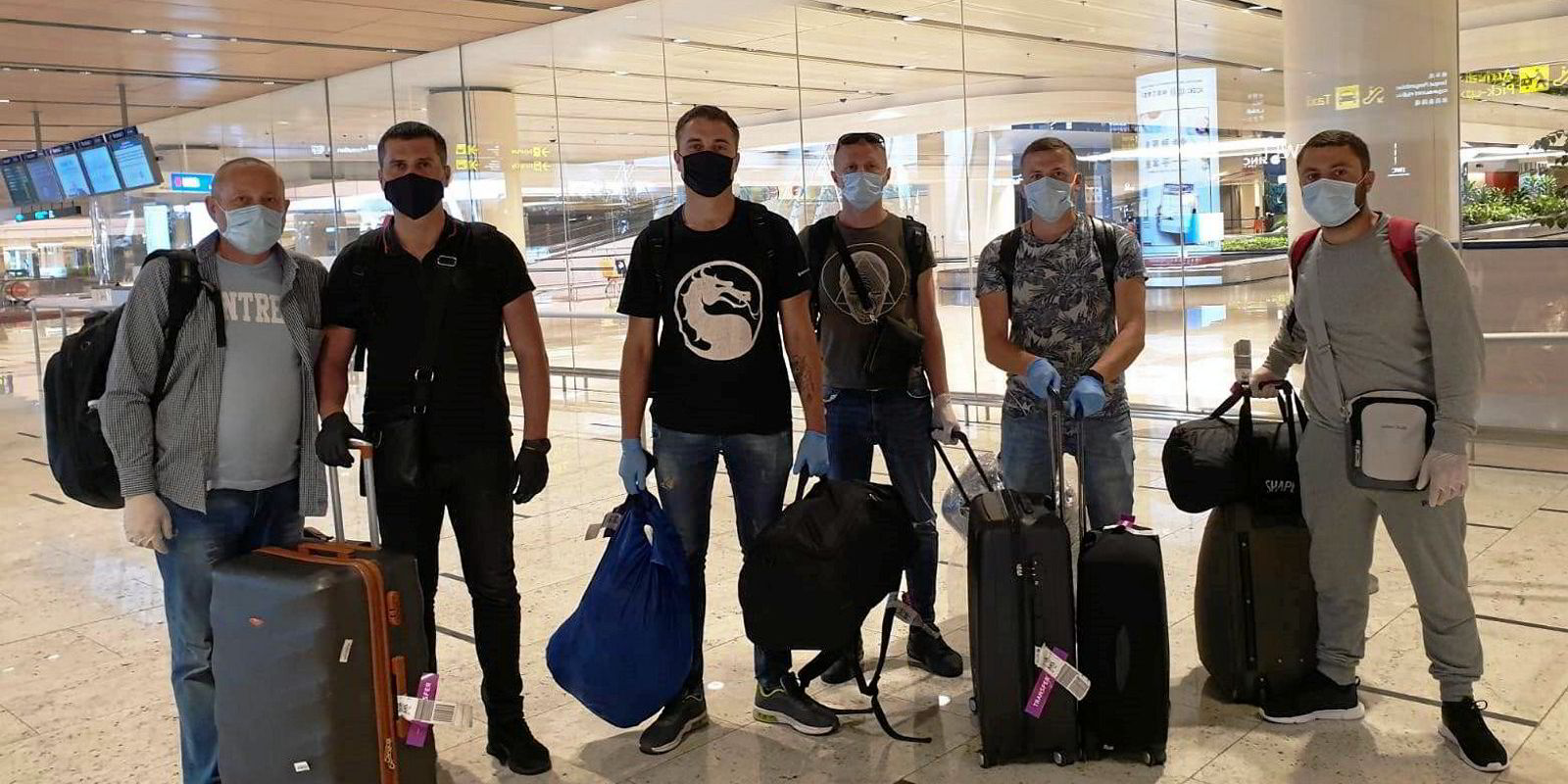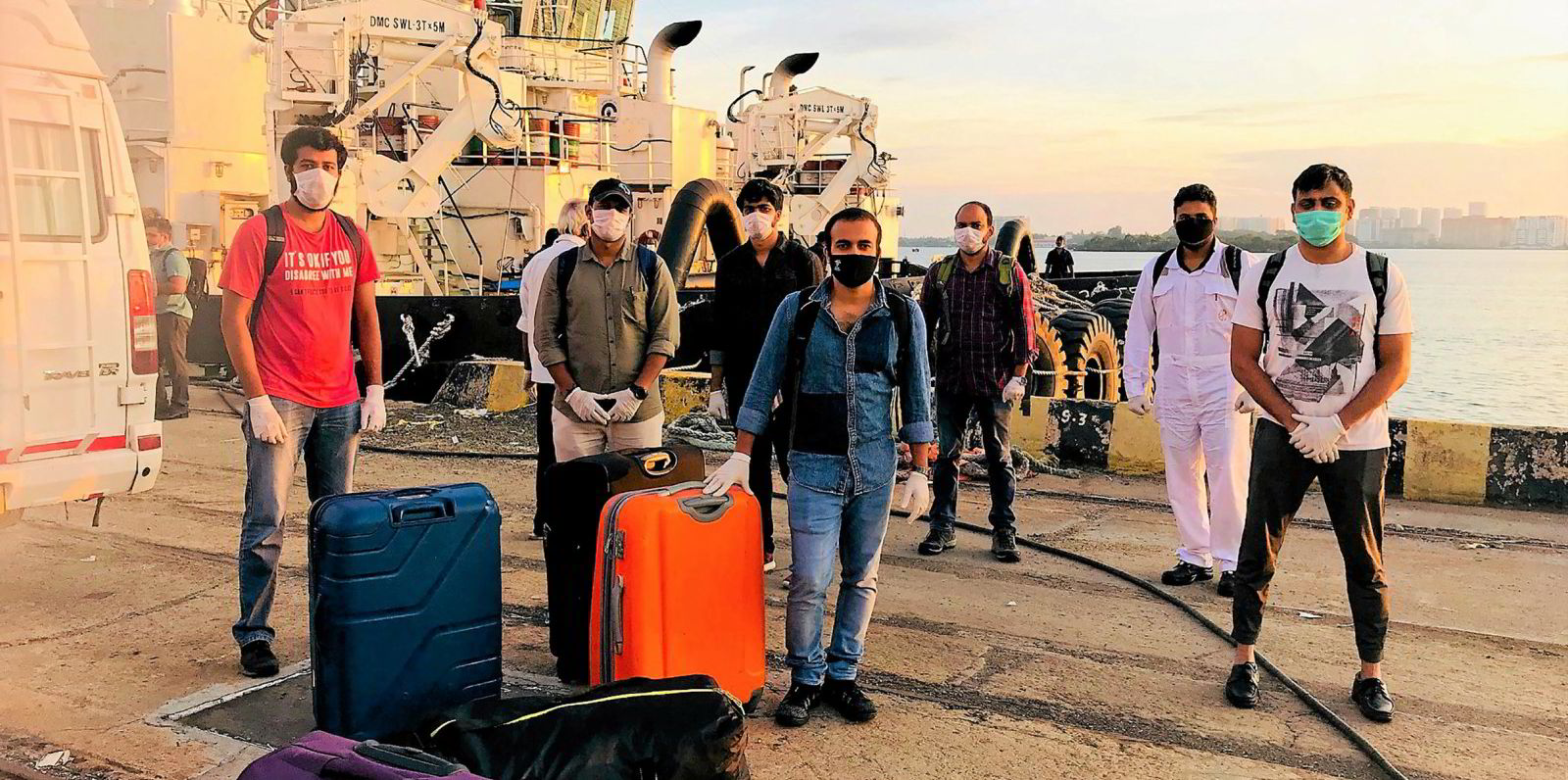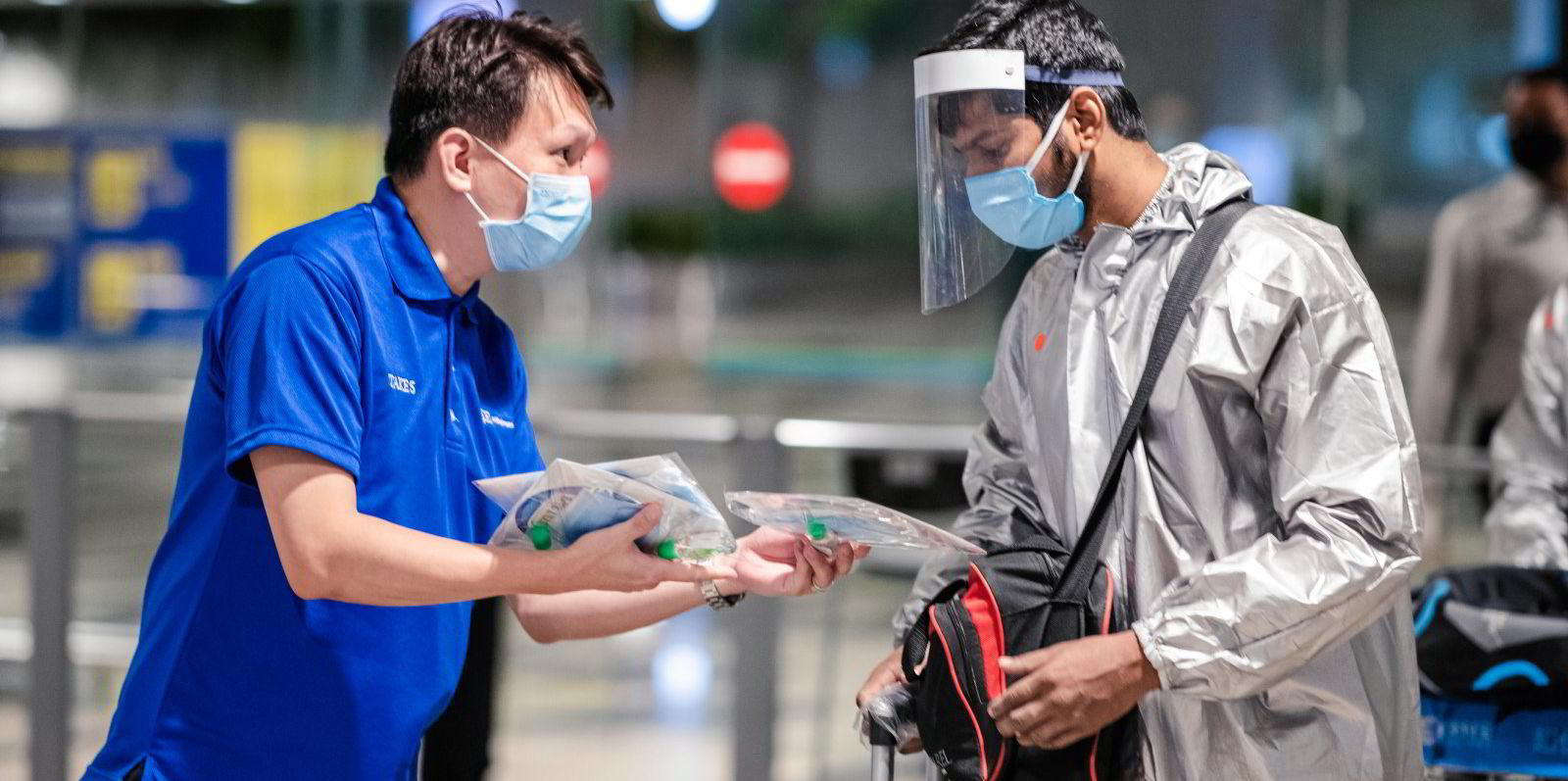The Maritime Labour Convention (MLC) 2006 looks like it has come to the rescue of 25 seafarers trapped on a Xihe Group-controlled converted VLCC arrested off Malaysia by HSBC.
MLC insurer Gard and the ship’s flag — the Cook Islands — are the best hopes of getting the men home while creditors and debtors fight it out in court and bicker over responsibility.
The crew have found themselves trapped on the 298,000-dwt Sea Coral (built 1996) as the ship is caught up in an attempt by HSBC to make some financial recovery from the estimated $3bn it is owed from the collapse of Xihe Group-affiliated oil trader Hin Leong Trading.
Just to recap, HSBC arrested the ship in a Malaysian anchorage in November last year, and the men have not been paid since and are desperate to go home.
The Xihe Group broke its silence on the matter — through legal representatives for its special purpose company An Zhong Shipping, which is the owner of the Coral Sea — to claim that responsibility for the crew rests with HSBC.
“It is for the arresting party, in this case HSBC, to look after the crew,” An Zhong told TradeWinds through its legal representative.
HSBC hit back: “The crew has been abandoned by the owner of the ship Sea Coral, An Zhong Shipping Pte Ltd and or the bareboat charterers of the vessel.”
Meanwhile, a court hearing to get the men released has been delayed by the ongoing legal action between the parties involved.
Legal safety net
Luckily, there is a legal safety net to protect the men: MLC 2006, which was designed by the International Maritime Organization to protect seafarers from exactly this type of abandonment case via insurance cover.
Insurer Gard is now leading efforts through Malaysia's high court to get the crew paid and on a flight home. Gard and the ship’s crew have been aided by the Cook Islands ship register, which has been proactive in supporting the men throughout the ordeal.
Shipowners, charterers and governments have been quick to point the finger at each other rather than ask if they have done all they can to get crews home
The insurance and legal processes are now mature enough to be effective. Hopefully, by the time TradeWinds goes to print, the 25 men on the ship will have packed their bags to head home.
It is in the nature of the job that seafarers can find themselves thousands of miles from home and caught up in a crisis.
Unfortunately, there is no such legal remedy like MLC 2006 to help the estimated 400,000 seafarers who now find themselves trapped on vessels by the pandemic.
If anything, their situation is worsening as coronavirus mutations lead to even tougher quarantine and travel restrictions.
There is no quick remedy for their plight. A programme of vaccination is likely to take months before it has any impact.
A total of 45 countries, including some of the largest maritime nations, have already designated seafarers as key workers — but this does not seem to be enough to help get them home.
Exceptional circumstances
These are exceptional times and it will take extraordinary efforts by all the parties involved to find a solution to the crew crisis.
Encouraging collaboration between governments and the whole logistics chain will be essential.
Yet the current narrative around the crew crisis seems to revolve around blame. Shipowners, charterers and governments have been quick to point the finger at each other rather than ask if they have done all they can to get crews home.
The industry could be heading for a collective cop-out of responsibility for the plight of seafarers.
The kind of quibbling over who should be looking after crew that was played out in the Sea Coral case will not aid this humanitarian crisis.







